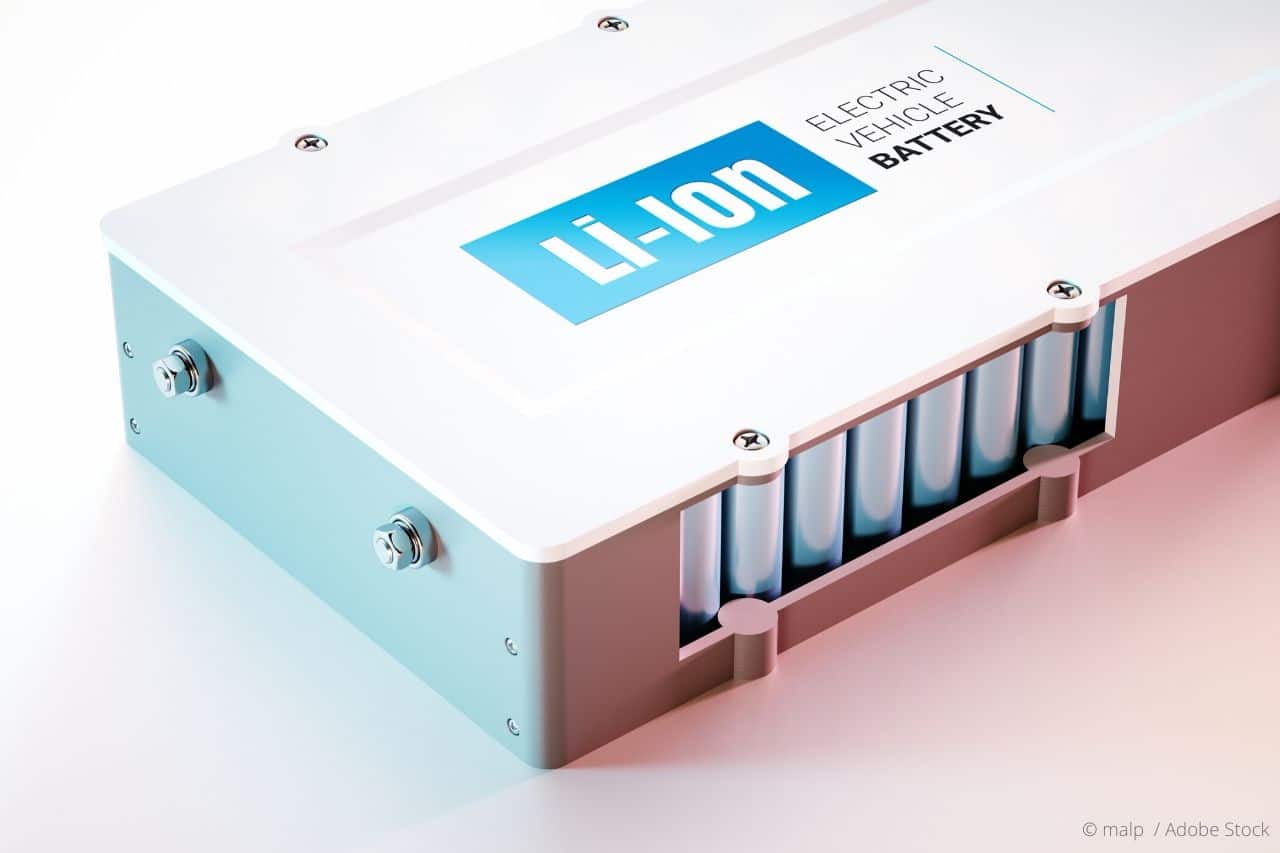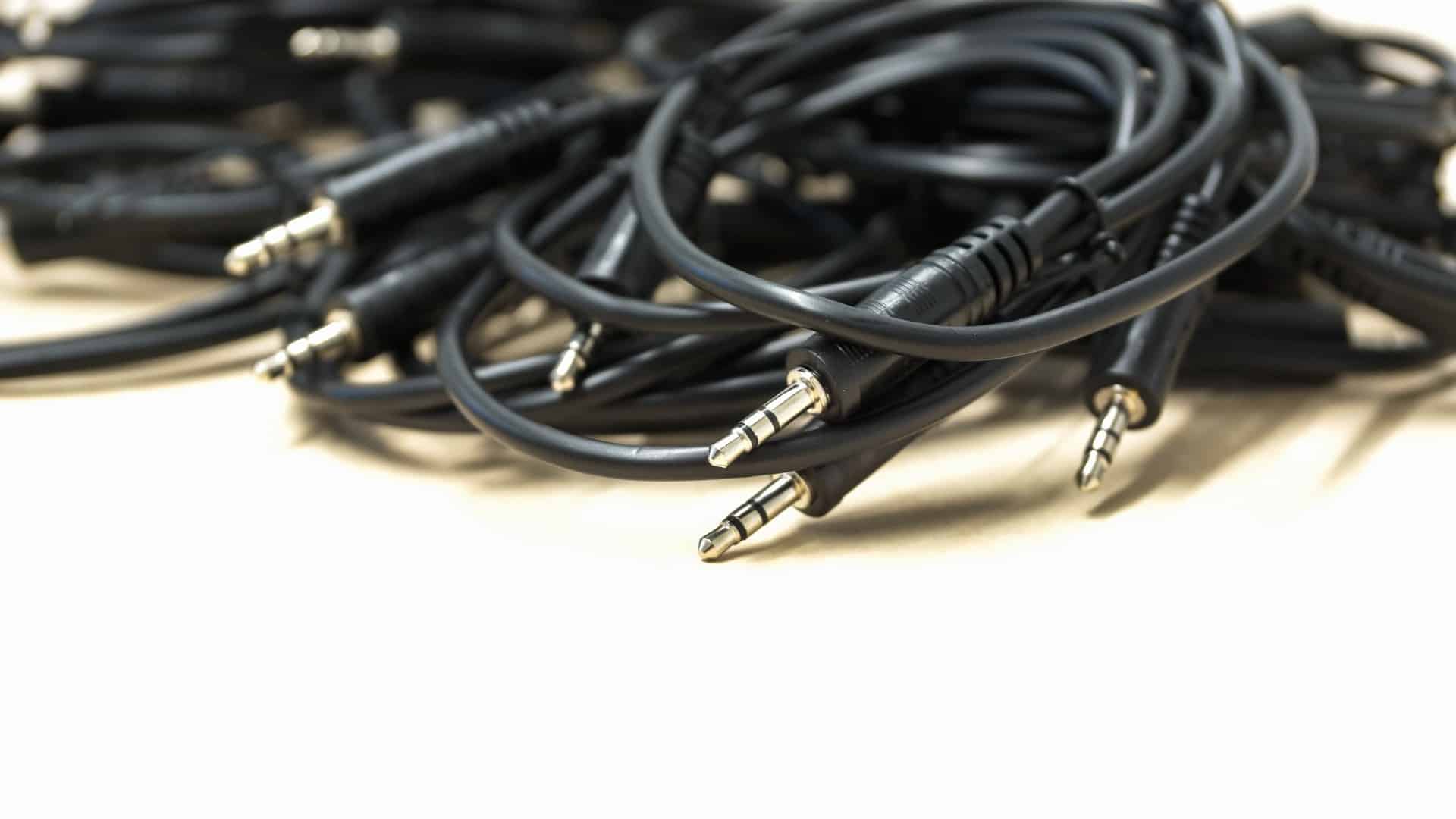UN 38.3 test: Proof requirement for lithium batteries
Rechargeable lithium batteries have become established in both consumer electronics and e-mobility. However, despite their numerous advantages, the safety risks during transport are particularly high, which is why manufacturers and distributors are obliged to carry out the so-called UN 38.3 safety tests. Find out what you need to bear in mind when shipping Li-ion rechargeable batteries, batteries and cells in future in our article.
For Quick Readers
Since 1 January 2020, as a manufacturer and distributor of lithium-ion batteries and rechargeable batteries, you are required to provide every person within the supply chain with a detailed summary of the UN 38.3 test. Different legal requirements apply depending on the transport route.
What are the advantages of lithium-containing rechargeable batteries and batteries?
It is no coincidence that Li-ion accumulators are now standard in the production of electrical appliances. After all, lithium-containing rechargeable batteries and batteries have a number of advantages over conventional battery types:
- No memory effect: Unlike NiCd batteries, lithium-ion batteries can be recharged repeatedly without any loss of performance or capacity.
- Low self-discharge: Li-ion batteries are also characterised by the fact that they hardly discharge when not in use. This means they can be stored much longer than other types of batteries.
- High energy density: This makes Li-ion batteries ideal for devices with a long service life. These include mobile phones, but also e-scooters and e-bikes.
Are there any disadvantages to lithium-containing batteries and rechargeable batteries?
- Sensitivity to overcharging: Lithium-ion batteries are sensitive to overcharging, although modern control electronics in devices usually prevent this.
- Temperature sensitivity: Optimal use is within a range of 5 °C to 35 °C.
- Limited cold resistance: Standard Li-ion batteries are less efficient at sub-zero temperatures.
- High safety risks during transport: Strict regulations apply to the shipping of lithium batteries due to fire and explosion hazards.
Are you struggling with the Battery Act?
We offer advice, analysis and implementation of the Battery Act from a single source.
It is easy to get lost in the jungle of regulations surrounding the Battery Act – with serious financial consequences.
Deutsche Recycling takes care of all the associated obligations, reducing the effort and costs for your company, preventing possible penalties and warnings, and responding to constant changes in the legal situation. Our team of experts looks forward to supporting you personally.
What is the UN 38.3 test?
From a legal perspective, lithium batteries with a capacity of 100 Wh or more are classified as dangerous goods in class 9. Their transport is therefore subject to similarly strict regulations. The UN 38.3 test ensures that lithium batteries and cells can be shipped safely. The test is designed to simulate the conditions to which lithium batteries are exposed during transport. These include, for example:
- Pressure
- crushing
- Impact
- Height differences
- and temperature fluctuations.
The UN 38.3 test must always be carried out several times in order to fulfil the documentation requirements for lithium-containing batteries. The number of test specimens required in each specific case always depends on the weight and type of batteries to be tested. The test comprises eight different individual tests – test modules T.1 to T.8.
If there is no report confirming that the UN 38.3 test has been passed, carriers may refuse to transport the product in question, as safe transport of the dangerous goods can no longer be guaranteed.
The 8 individual tests comprise:
- Altitude simulation
- Thermal test
- Vibration
- Shock
- External short circuit
- Impact
- Overload test
- Forced rapid discharge
Change in legislation as of 1 January 2020
As batteries and rechargeable batteries from untrustworthy sources are still being put into circulation, a change in the law on dangerous goods came into force at the beginning of this year.
Whereas previously a reference to the existence of the test in the safety data sheet was sufficient (point 14), since 1 January 2020, as a manufacturer and distributor of Li-ion batteries and rechargeable batteries, you are obliged to provide every person within the supply chain with a detailed test summary of the UN 38.3 test.
The type of transport route or the size of the batteries is irrelevant for the application of the dangerous goods regulations. However, different legal regulations apply depending on the mode of transport:
Transport route | Dangerous goods regulation | Description |
Road | ADR | European Agreement concerning the International Carriage of Dangerous Goods by Road |
Rail | RID | Regulations concerning the international carriage of dangerous goods by rail |
Inland waterways | ADN | European Agreement concerning the International Carriage of Dangerous Goods by Inland Waterways |
Sea | IMDG Code | International Code for the Carriage of Dangerous Goods by Sea |
Air | IATA DGR | Regulations of the International Air Transport Association for the transport of dangerous goods |
Implementation of the verification requirement for lithium-containing batteries in practice
Due to long supply chains, implementing the new obligation to provide proof of lithium-containing batteries is often difficult. Although it is possible to provide the required test summary electronically, this is extremely time-consuming and costly. In addition to the number of test reports required, the length of the transport route also plays a key role here.
Please also bear in mind that the UN 38.3 test is not the only regulation you need to comply with when selling electrical appliances. In this context, you should also consider WEEE registration and applying for a WEEE number, for example.
FAQ: UN 38.3 test
What role does the UN 38.3 test summary play in the supply chain?
Since 1 January 2020, the test summary must be made available to all parties involved in the supply chain (e.g. carriers, distributors) in order to prove the conformity of lithium batteries and ensure safe transport. Without this, transport may be refused.
Are there any exceptions to the UN 38.3 testing requirement?
Yes, exceptions apply to prototypes, small series (<100 cells/batteries), defective or damaged batteries, and batteries for disposal or recycling. These may be transported without a UN 38.3 test summary, provided that special conditions are met.
How often must the UN 38.3 test be repeated?
There is no fixed expiry date. However, changes to battery design, materials or transport regulations (e.g. new ADR/RID versions) may require retesting to ensure that lithium-containing batteries comply with the verification requirements.
What are the costs of performing the UN 38.3 test?
The costs vary depending on the battery type, weight and test laboratory, but are typically between £1,000 and £5,000 per test series, depending on the number of test items and individual tests (T.1 to T.8).






